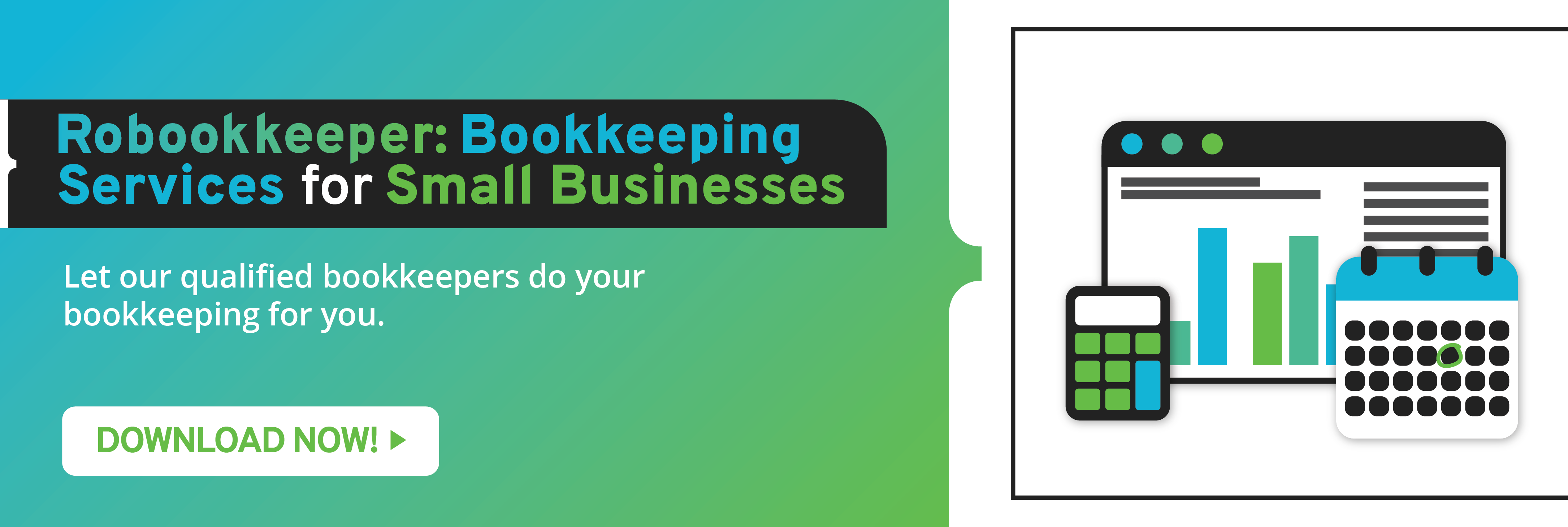Preparation and planning are important to the success of a small business because of its small margin for error. Owners need to have a plan they can turn to whenever they encounter problems. A small business financial plan enables you to set and achieve goals for your growing company while effectively using your resources. It allows you to determine the sustainability of a project, product or service you want to launch. You may also need to provide one whenever you apply for a loan.
Here are steps you can follow to create your own small business financial plan.
Make Projections
Sales forecasts and expected expenses allow you to make a realistic financial projection. Projections allow you to allocate your resources to aspects of your small business that needs the cash and possibly boost your financial position. Create different scenarios such as realistic, pessimistic and optimistic. This enables you to anticipate possible positive or negative effects on your business’ cash flow. Financial projections allow you to adjust your goals based on your company’s current position. You can toggle the numbers to see if your company is on the right track in matching the projections you made.
Make a Plan
Create an overarching strategic plan that your small business’ team can follow. This strategic plan can serve as your team’s guideline. This plan enables you to make goal posts and phases that you need to achieve and accomplish before moving onto bigger projects. New projects, services and products cost money. Factor these into the plan and the possible costs these may incur. You might have to invest in new equipment, hire more employees, and/or train new ones.
Prepare Contingencies
An emergency may arise out of nowhere and may leave your small business struggling to pay its immediate dues. It helps to plan for contingencies and set cash aside for lean months. Create a cash reserve and apply for a line of credit. Both will provide you a lifeline whenever the need arises. Identify ways to sell some assets in times of crises. Plan for multiple emergency scenarios to prepare your team, if ever those emergencies happen.
Track and Analyse Objectives
Goal setting should be part of your small business financial plan. Once you establish monthly and yearly objectives, compare these with your projections. Did you meet your goals? Were you unable to meet them? Comparing data and goals month-to-month and year-to-year enables you to adjust them when the direction of your small company changes. This approach also allows you to identify possible challenges that can derail your business. You can then drop a project, campaign or a product that does not meet targets.
A financial plan provides structure to your small business’ decisions. It can act as a guideline whenever you need to invest in new assets, hire (or retain) employees, develop products or launch marketing and sales campaigns. It keeps you within budget and prevents you from wasting resources.
If you need assistance with bookkeeping, consider outsourcing this task to Robookkeeper. We at Robookkeeper can connect you with first-rate and experienced virtual bookkeepers to update your accounting books. We offer first-rate bookkeeping services for small business owners.

